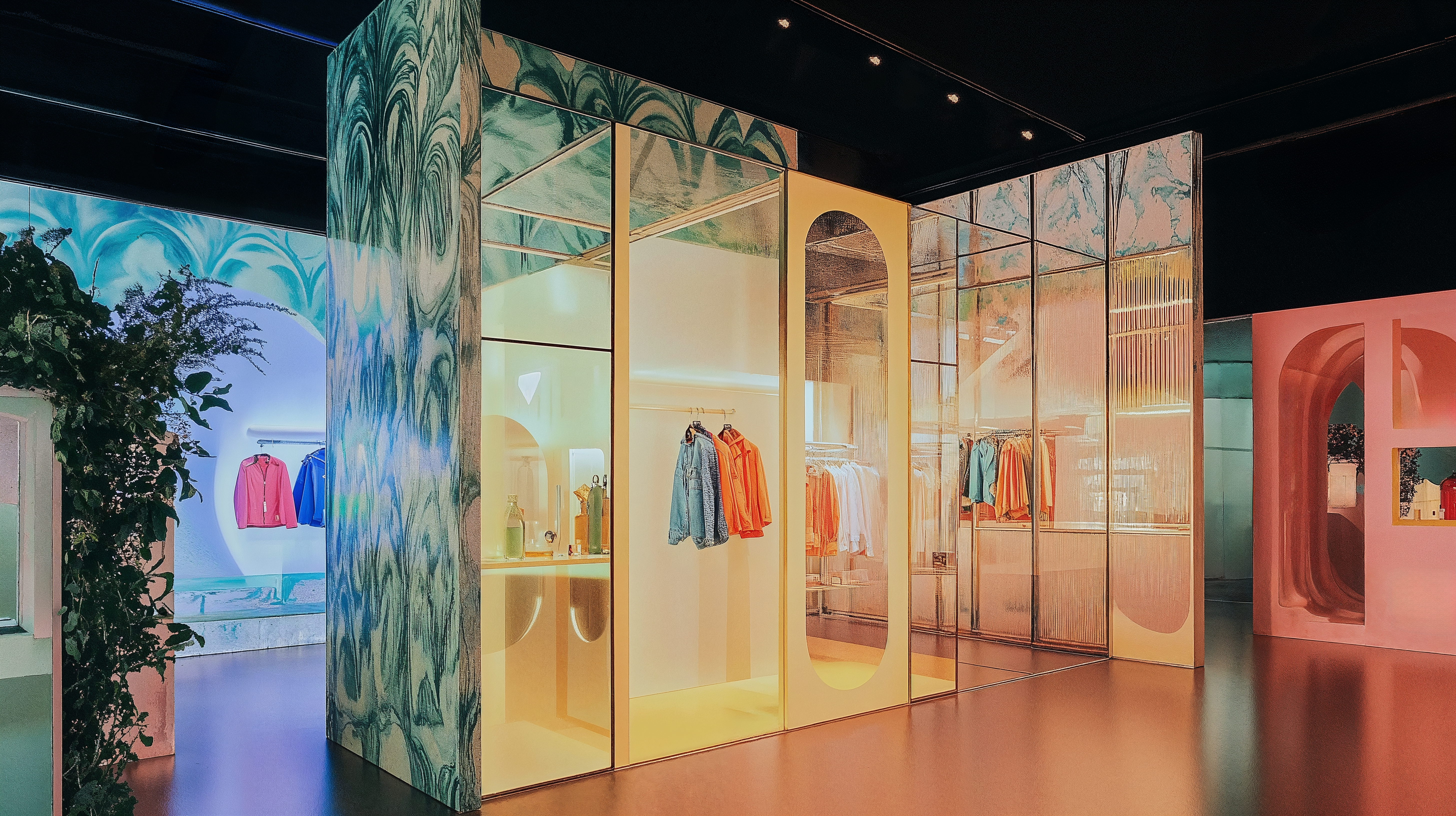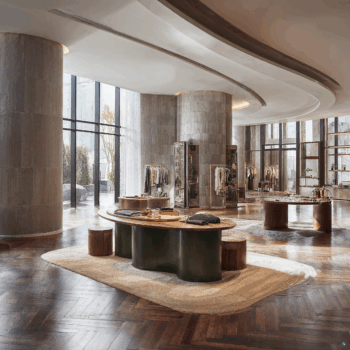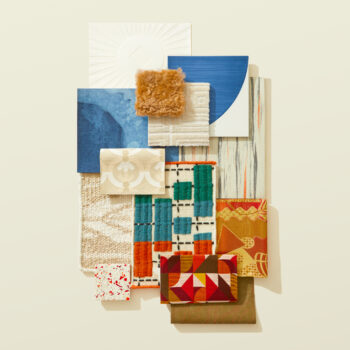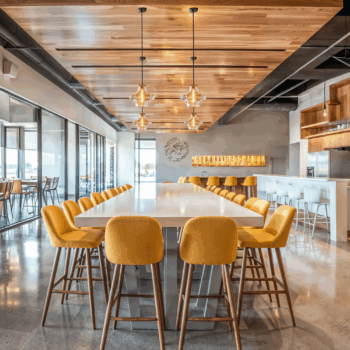
In today’s evolving retail landscape, temporary is anything but fleeting. Pop-up shops have transformed into immersive brand experiences, offering curated, time-limited encounters that prioritize emotion, interaction, and storytelling. These spaces are less about stocking shelves and more about sparking curiosity, capturing content, and creating moments that linger long after the doors close.
Design plays a critical role in their success. Modular flooring, branded wall systems, and sculptural signage help pop-ups feel cohesive, even within borrowed spaces. Bold materials—such as reflective metals, graphic tile, translucent panels, or custom paint finishes—deliver instant visual impact, catching the eye and reinforcing brand identity within seconds.
Lighting and sensory design are equally essential. Interactive displays, programmable LEDs, projection mapping, and ambient soundscapes turn temporary storefronts into full-bodied experiences. The best pop-ups balance theatricality with intimacy—inviting guests to linger, explore, and connect.
Because they often serve as experimental spaces, pop-ups allow brands to test new concepts, geographies, or products. As a result, designers are leaning into flexible elements—like mobile fixtures, reusable backdrops, and easy-to-install wall coverings—that allow for fast builds and bold creative pivots.
Importantly, these experiences are often designed to be shared. From statement photo moments to immersive product storytelling, pop-ups function as built-in content generators. Materials with texture, shine, and contrast become part of the brand’s social footprint, translating physical experiences into visual stories.
In an age where connection, creativity, and shareability define retail success, experiential pop-ups offer a new blueprint—one that embraces impermanence to deliver unforgettable moments.
Looking for more retail design inspiration? Parisian Art Deco adds timeless style with a touch of luxury.







